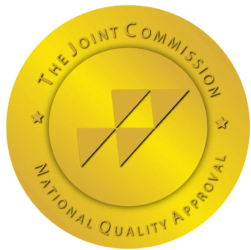Addicts eventually lose control over their addiction. A big part of the power that addiction can hold over a person’s life stems from the fact that repeated exposure to addictive substances alters a specific part of the brain. This part of the brain is known as the “reward circuit” or “pleasure system.” Its evolutionary purpose is to reinforce healthy habits.
However, in the case of drug users, this neuronal pathway becomes hijacked. Because of the way that drugs interact with the brain’s pleasure system, releasing so-called “feel-good” chemicals like dopamine, the brain believes that drugs are a good thing. It continues to reinforce this habit, making the user have less and less control over their behavior until they need serious help to quit.
Experiments Reveal How Reward Circuits Work
Scientists know a lot about the pleasure system through experiments conducted on rodents. By placing electrodes onto the corresponding part of a rat’s brain, the reward circuit can be triggered when the rodent presses a lever in their cage that sends an electric impulse to that electrode.
Once they figure out what hitting the lever does, most rodents will continue pressing it until they collapse due to being exhausted. Human beings behave in a similar manner when using drugs to the point of overdose.
Going without substances that the brain has been conditioned to think are necessary can seem as impossible as going without food, water, or air. For most addicts, it’s simply not feasible to cut the habit on their own.
Retrain your Reward Circuits
Asana Recovery will help provide you with the tools you need to achieve and maintain sobriety. If you’re locked in the cycle of habitual drug use, consider entering detox right away. Contact us today to learn how.





